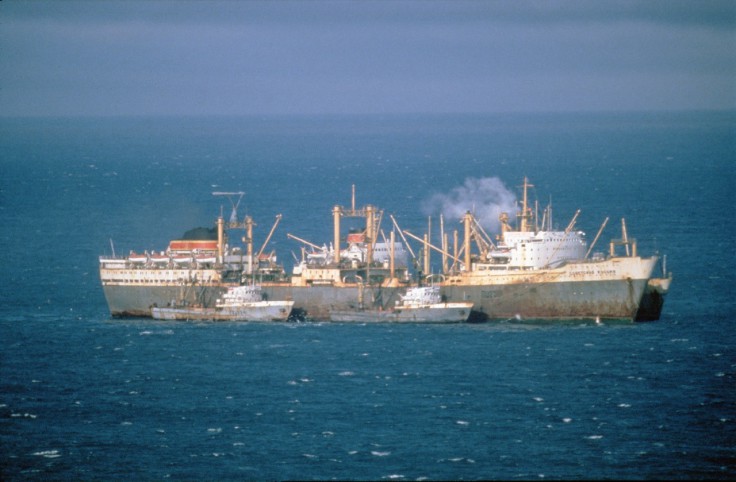The Convention on the Conservation of Antarctic Marine Living Resources came into force in 1982, as part of the Antarctic Treaty System. It was established mainly in response to concerns that an increase in krill catches in the Southern Ocean could have a serious effect on populations of krill and other marine life; particularly on birds, seals and fish which mainly depend on krill for food.

The aim of the Convention is to conserve marine life. This does not exclude harvesting as long as such harvesting is carried out in a rational manner. The Convention defines a Commission and a Scientific Committee to work together to manage marine living resources in the Southern Ocean.
The Southern Ocean surrounds the continent of Antarctica and is clearly delimited by the Antarctic Convergence, which is formed where the cold Antarctic waters meet the warmer waters to the north. The Antarctic Convergence acts as an effective biological barrier, and the Southern Ocean is therefore substantially a closed ecosystem.
The Commission for the Conservation of Antarctic Marine Living Resources (CCAMLR) and its Scientific Committee were a pioneer in the development of what has become known as the ‘ecosystem approach’ to the regulation of fisheries. An ecosystem approach does not concentrate solely on the species fished, but also seeks to avoid situations in which fisheries have a significant adverse effect on ‘dependent and related species’. CCAMLR has to develop management approaches that assess the status of the ecosystem and its health. In the application of this ecosystem approach, CCAMLR has tackled with the difficulty of describing the full complexity of marine ecosystems.